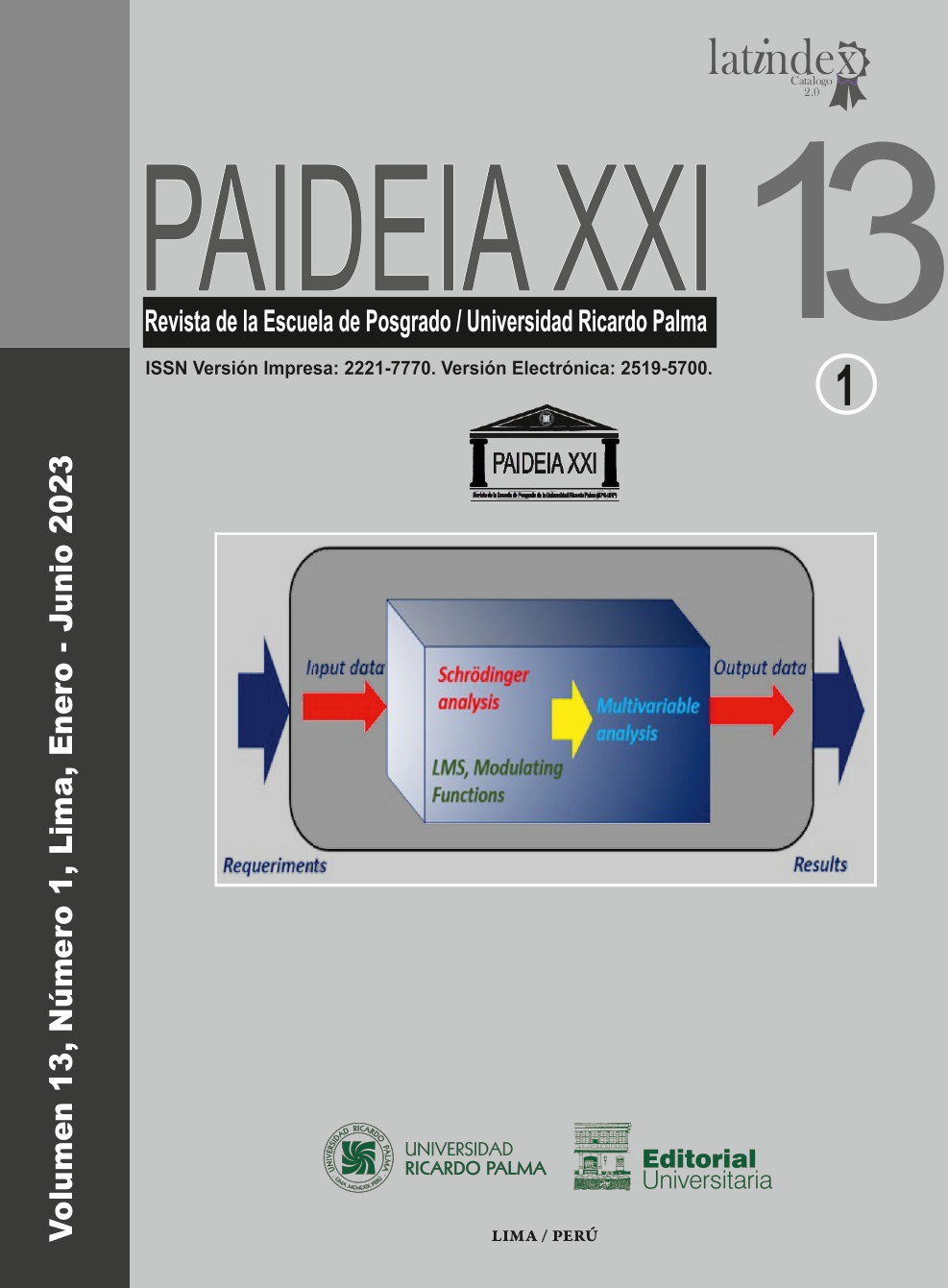Logistics estimation of the COVID-19 vaccination process in Peru
DOI:
https://doi.org/10.31381/paideia.v13i1.5675Keywords:
COVID-19 , critical time , logistics estimation , Peru , vaccination , velocityAbstract
While it is true that vaccines generate immunity with a high degree of effectiveness and that in Peru, a certain time was spent initiating the COVID-19 disease, a vaccination process that was developed logistically. The objective was to obtain the mathematical model of the COVID-19 vaccination process in Peru, to estimate the number of people vaccinated, the critical time for which the estimated rate of vaccinated people has been the highest value, and to specify the date on which the highest number of people vaccinated has occurred. The methodology was based on determining the form of dispersion of the vaccination process, this being a logistic distribution and considering that a mathematical model is a mathematical description, by means of a function of a real-world phenomenon, such as the number of people vaccinated against the COVID-19 disease. The model presented a correlation coefficient r=-0.95, the critical time (tc) was 286 days and the maximum rate of vaccinated persons 143071 persons/day, dated December thirteenth, 2022: between March second, 2021, and March ninth, 2022. The estimated number of people vaccinated against COVID-19 disease was determined by the equation N ̂=28601461/(1+89.0602×e^(-0, 0157×t) ) and the rate of change or rate of estimated persons vaccinated against COVID-19 in Peru was calculated by the equation (dN ̂)/dt=(39949527,1600×e^(-0,0157×t))/〖(1+89,0602×e^(-0,0157×t))〗^2; the correlation coefficient between the elapsed time t (days) and the number of people vaccinated (N), based on twenty-five cases, was r=-0.95, representing a "very strong correlation" between the elapsed time (t) and the number of people vaccinated (N), and the coefficient of determination indicates that 89.47 % of the variance in N is explained by t; for the vaccination process against COVID-19 in the country; concluding that the theory of Bronshtein & Semendiaev and the logistic models can be adequately applied to pandemic and epidemiological phenomena, that the critical time (tc), for the contagions was two hundred eighty-six days, reaching its maximum speed of contagion estimated at 112142 persons/day.












